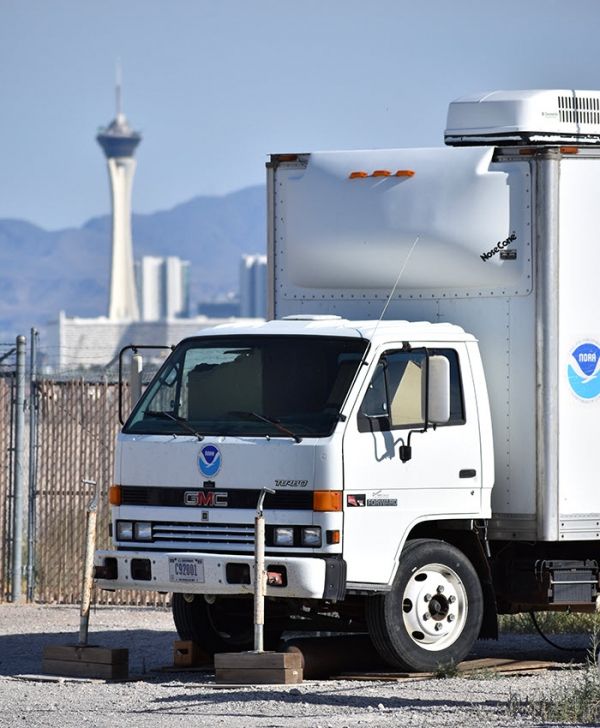The last two decades have witnessed significant air quality improvements in the United States with broad reductions in nitrogen dioxide (NO2), one of the photochemical precursors of ground-level ozone (O3), a serious lung irritant that is regulated by the EPA. While NO2 (which is also regulated) has declined by approximately 38% across the country, the corresponding improvements in ozone have not been uniform, with decreases of 25% in the southeastern U.S. but only 11% in the southwest.
The weaker ozone reductions in the western states are partially attributable to population growth and increased emissions from oil and gas operations, but Western cities such as Las Vegas are also plagued by high background ozone levels in the late spring and early summer months. This background comes from non-local, and more importantly non-controllable, sources that create a challenge for air quality managers. These sources include stratospheric intrusions, which transport ozone-rich air downward from the stratosphere, Asian pollution transported across the Pacific and often mixed with the stratospheric intrusions, and wildfires. These background resources are what causes surface ozone concentrations to peak in May and June at remote locations like the Grand Canyon and Great Basin National Parks instead of July and August as is typical at most other U.S. locations.
Continue reading at NOAA Chemical Sciences Laboratory
Image via NOAA Chemical Sciences Laboratory


